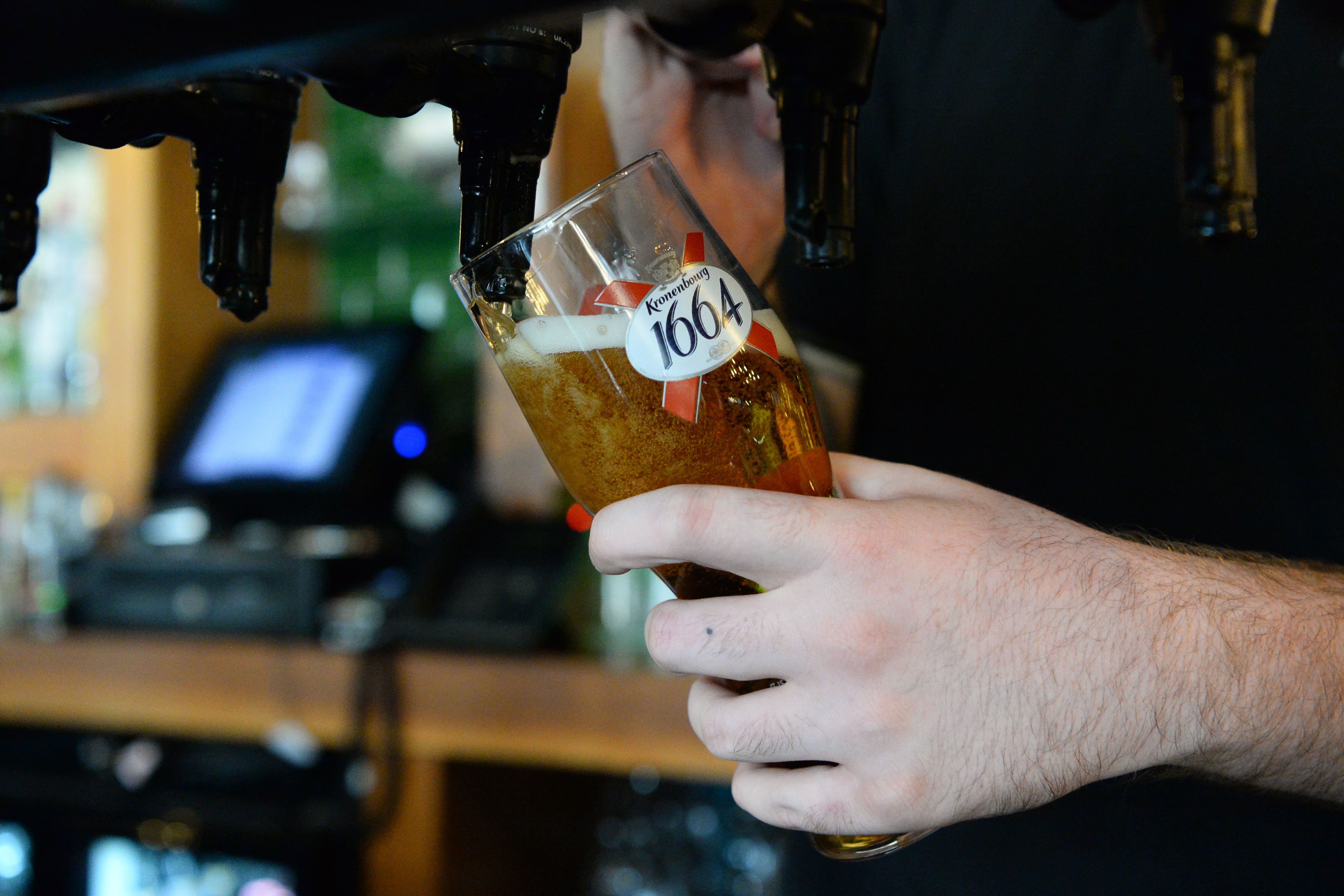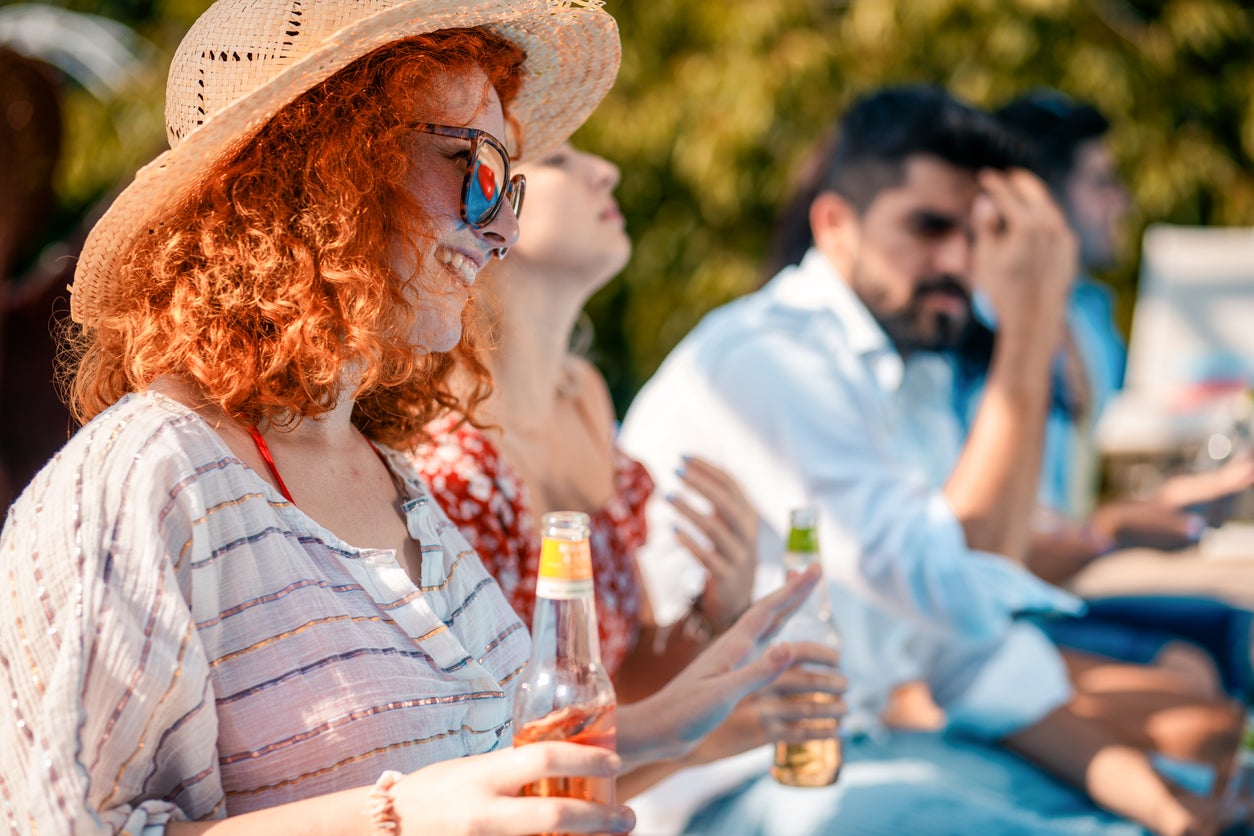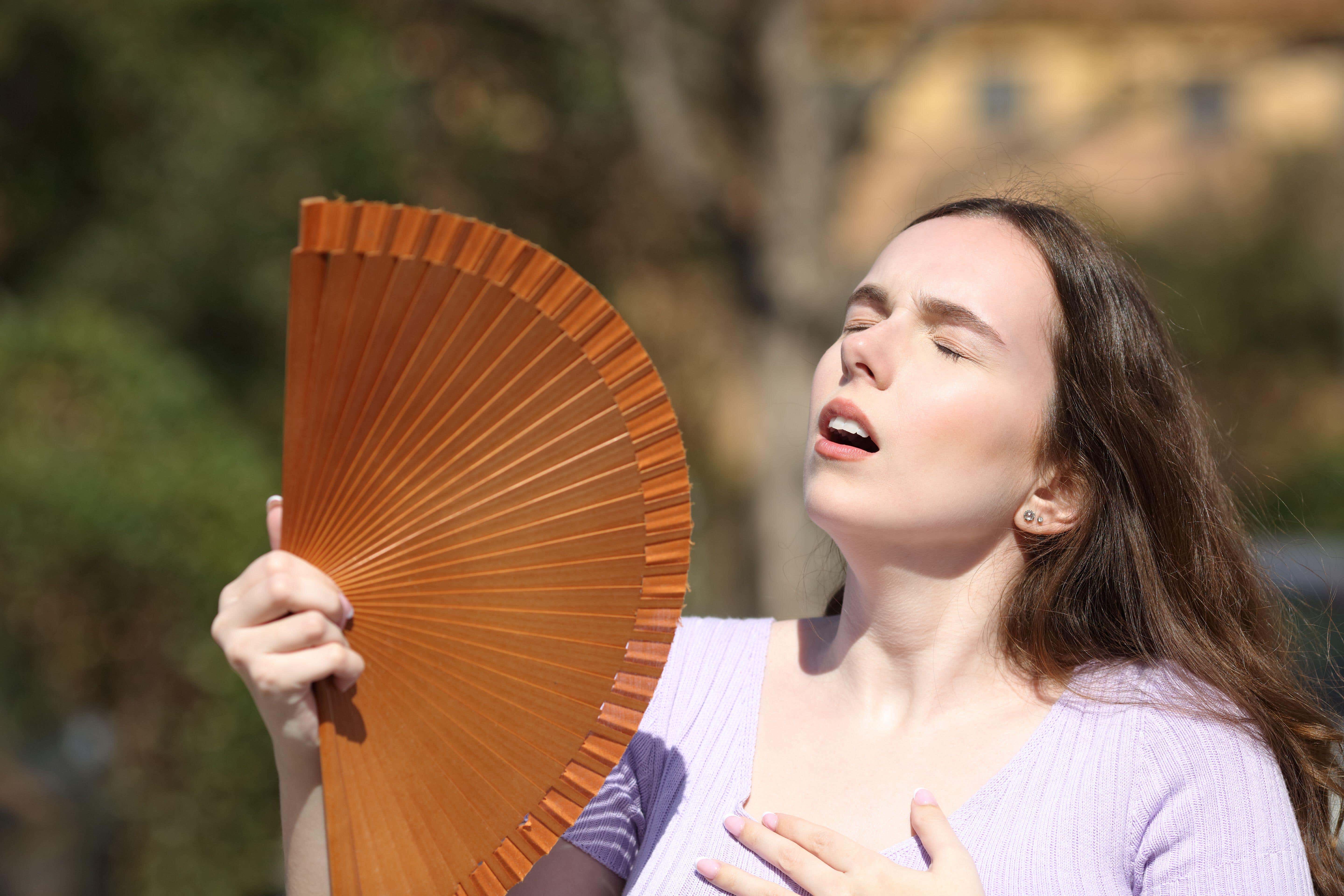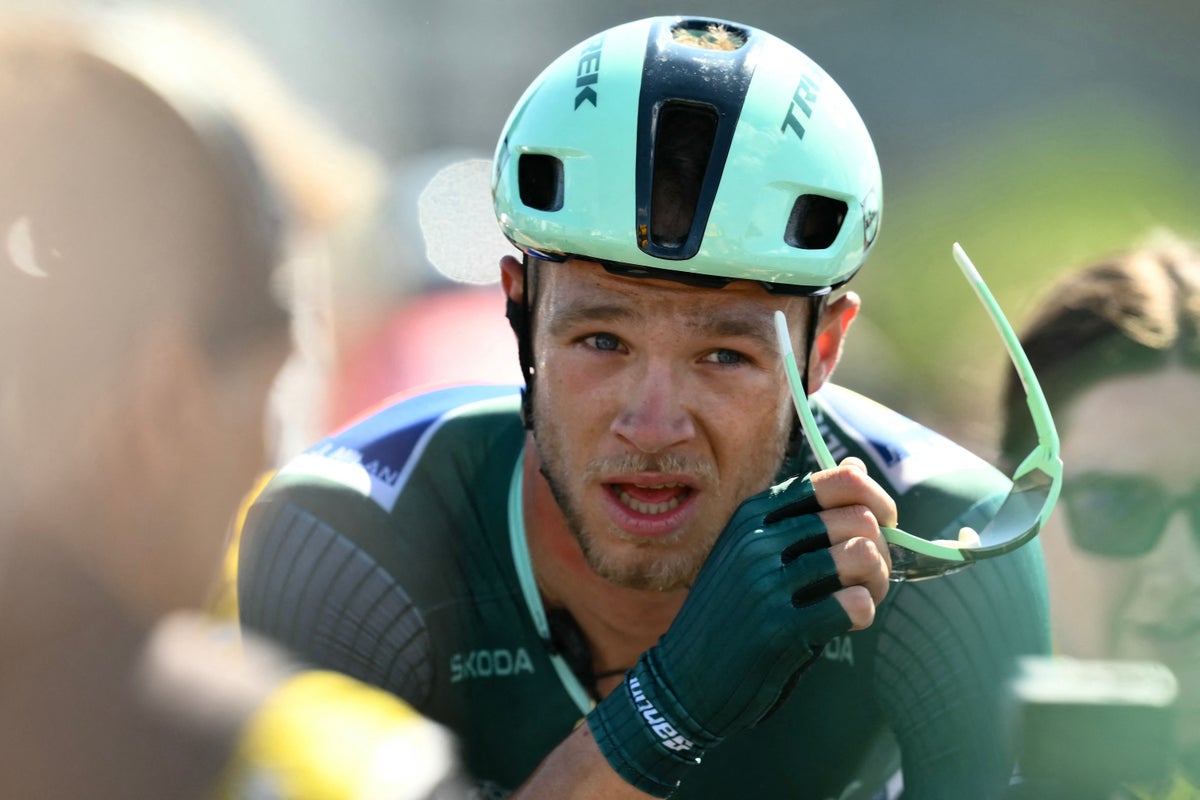Heatwaves have been made 100 times more likely and 2-4C hotter due to climate change, scientists have warned.
A rapid study by the World Weather Attribution (WWA) research group found the heatwave last week in the south-east of England was around 10 times more likely than without human activity warming the planet.
Researchers from the London School of Hygiene and Tropical Medicine and Imperial College London also estimated there were around 570 excess deaths between 19 June and 22 June due to the last heatwave, based on historic mortality data.
Temperatures could reach 34C on Saturday after the mercury hit a high of 34.7C in the West Midlands on Friday. Wales, meanwhile, recorded its hottest day of the year as Usk hit 32.7C.
Amber heat health alerts are in place for large parts of England, with authorities warning soaring temperatures over the weekend are likely to cause a rise in deaths.
The alert, which covers the East Midlands, West Midlands, South East, South West, East of England and London, will last until 9am on Monday.
Here, The Independent looks at how you can keep yourself safe during a heatwave:
Prevent dehydration
The government advises staying hydrated during hot weather by drinking fluids regularly throughout the day, particularly if you are active.
Water, diluted squash and lower-fat milks are recommended. While fruit juice, smoothies and soft drinks can seem refreshing, they often contain high levels of sugar, which may contribute to dehydration.
It’s best to limit how much of these you consume and opt for diet, sugar-free or no-added-sugar alternatives instead.

If you’re heading out, take a refillable bottle of water with you, and carry extra if travelling by car or public transport.
Alcohol can dehydrate the body, so choosing alcohol-free drinks or alternating alcoholic drinks with water is advised.
Protect yourself from the sun
The sun in the UK is strong enough to cause sunburn, with children especially vulnerable to skin damage.
To reduce your risk, follow these sun safety measures:
- Stay in the shade between 11am and 3pm, when the sun is at its strongest
- Wear loose, light-coloured clothing made from tightly woven fabric, such as long-sleeved shirts, trousers or long skirts
- Protect your head, neck, face and ears with a wide-brimmed hat

- Use sunglasses to shield your eyes from the sun
- Apply sunscreen generously and top it up regularly, especially after swimming or using a towel. The NHS recommends using sunscreen with a sun protection factor (SPF) of at least 30 and a UVA rating of four or five stars.
How to keep your home cool
Homes can become uncomfortably warm during hot weather, especially at night when trying to sleep.
To keep indoor temperatures down, consider the following steps:
- Keep blinds and curtains closed on windows that face direct sunlight during the day
- If your home has external shutters or shades, keep them closed too
- Try to sleep or rest in the coolest part of the house
- When it’s cooler outside than indoors, typically during the night, open windows if it is safe, and create a cross-breeze to help air circulate

- Use electric fans if the indoor temperature is below 35C, but avoid directing airflow straight at your body, as this can contribute to dehydration
- Make sure heating systems are switched off
- Turn off any lights or electronic devices not being used, as they can generate extra heat
- If the temperature outside is cooler, especially in shaded areas, consider spending time outdoors
Public spaces such as places of worship, libraries or supermarkets may be cooler than your home. If they are nearby, visiting one can offer a helpful break from the heat.
How to spot heat exhaustion and heat stroke
Heat exhaustion happens when the body gets too hot and struggles to cool down. It’s not usually serious if you cool down within 30 minutes, but if untreated, it can develop into heatstroke, according to the NHS.
Signs of heat exhaustion include:
- Tiredness or weakness
- Dizziness or feeling faint
- Headache
- Muscle cramps
- Nausea or vomiting
- Heavy sweating
- Strong thirst

Heatstroke is more serious and occurs when the body’s temperature rises to dangerous levels and can no longer cool itself.
Symptoms include:
- Confusion or disorientation
- Loss of coordination
- Rapid heartbeat
- Fast breathing or shortness of breath
- Hot, dry skin (not sweating)
- Seizures
Heatstroke is a medical emergency. Call 999 immediately and try to cool the person down while waiting for help.
Who is most at risk during hot weather?
While anyone can feel unwell in the heat, some people are more vulnerable. These include:
- Older adults, especially those aged 65 and over
- Babies and young children under five
- People with long-term health conditions such as heart or lung problems, dementia, diabetes, kidney or mobility issues
- Those taking certain medications or living with serious mental health conditions
- Anyone already unwell and dehydrated, for example, due to sickness or diarrhoea
- People who are dependent on alcohol or drugs
- Individuals who are very active outdoors, such as runners, cyclists or manual workers
- Those without stable housing, including rough sleepers or people in temporary accommodation
- People living alone who may struggle to look after themselves during extreme heat


